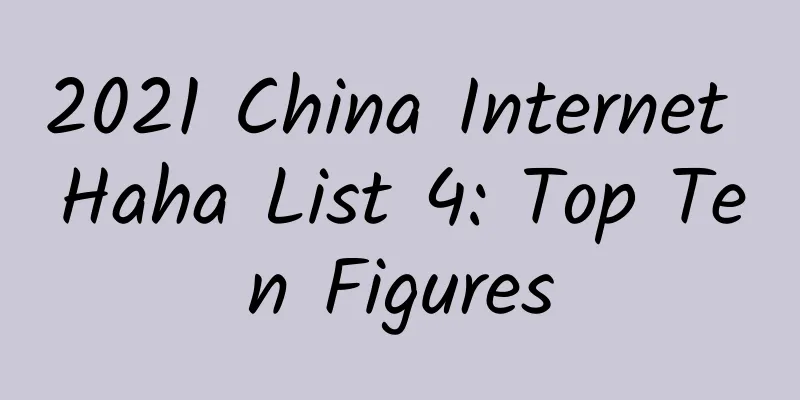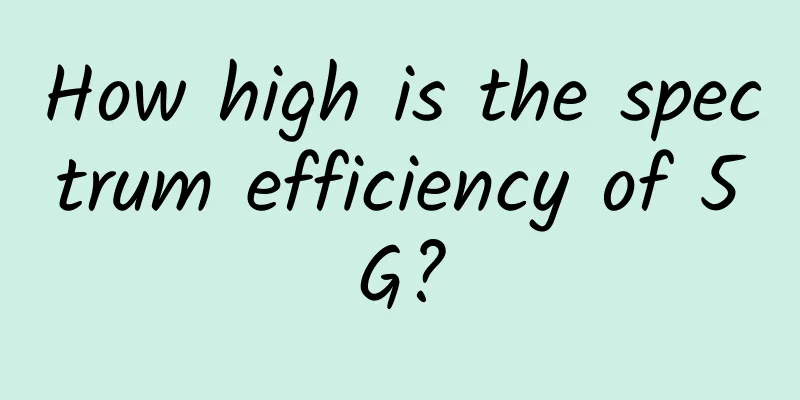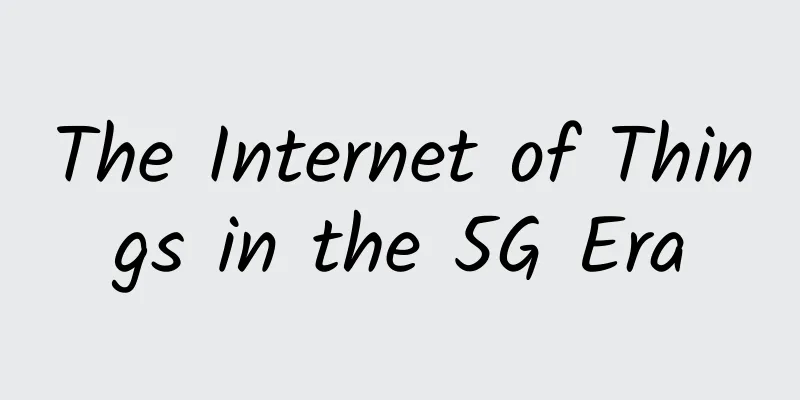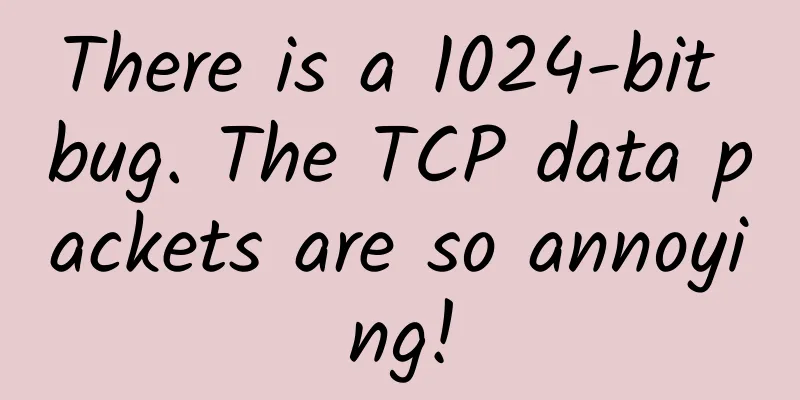On the first day of the High-Tech Fair, Huawei opens a new era of smart city twins with 5G+AI

|
[51CTO.com original article] On November 13, the 21st China International High-Tech Fair (hereinafter referred to as "CHTF") kicked off in Shenzhen Convention and Exhibition Center. As a familiar face participating in the Smart City Exhibition of CHTF for four consecutive years, Huawei has also participated deeply in many activities of CHTF. If participants go up the stairs at the entrance of the venue, they will find a huge Huawei billboard, welcoming everyone to visit the Huawei booth in the Smart City Pavilion No. 6. At the main forum of this year's CHTF "New Era, New Technology, New Economy", Yan Lida, director of Huawei and president of Enterprise BG, was invited to give a keynote speech on "Building the Digital World Foundation to Create a New Era of Intelligence". In addition to telling Huawei's thoughts on the development of the digital economy, he also shared Huawei's strategy for building the foundation of the digital world and the value of innovative technologies to the future digital world.
Ding Zhongli, Vice Chairman of the Standing Committee of the National People's Congress This morning, Ding Zhongli, Vice Chairman of the Standing Committee of the National People's Congress, Wang Weizhong, Deputy Secretary of the Guangdong Provincial Party Committee and Secretary of the Shenzhen Municipal Party Committee, Chen Rugui, Deputy Secretary of the Shenzhen Municipal Party Committee and Mayor of Shenzhen Municipal People's Government, Wang Dong, Deputy Mayor of Guangzhou, and Liu Yunan, Director of the National Information Center, and other leaders came to the Huawei booth to inspect Huawei's smart city solutions based on the combination of innovative technologies such as 5G, AI, and IoT with urban scenarios, including the Urban Operation Center IOC, 5G+unmanned driving, and AI+urban management/water affairs, as well as Huawei's newly released Kunpeng 920 data center processor with a very high degree of integration in the industry, Taishan server and other products. Build a digital world foundation and create a new era of intelligence
Yan Lida, Director of Huawei and President of Enterprise BG Yan Lida pointed out at the beginning of his speech that the digital economy will be the main engine of global economic growth in the next 10 years. Two data in the speech attracted great attention from the audience - the growth rate of the digital economy is 2.5 times the growth rate of global GDP, and the long-term investment return of digital technology is 6.7 of that of non-digital technology. So how can we seize the opportunities of the digital economy? Yan Lida shared Huawei's thoughts on this. He said that cloud, Internet of Things, data lake, artificial intelligence and video cloud will become the new five major infrastructures, which are the cornerstones of the development of the digital economy. Huawei believes that in the process of digital economic development, using new technologies to tap data "oil" is the key to releasing the dividends of the digital economy. In his speech, he reiterated that in the era of digital economy, Huawei's vision and mission is to bring the digital world to everyone, every family, and every organization, and to build an intelligent world where everything is connected. In order to achieve this vision, Huawei will build the foundation of the digital world through three directions: ubiquitous connectivity, integrated and shared digital platforms, and pervasive intelligence. "Huawei has built a "digital platform" based on the cloud, integrating a variety of new technologies including IoT, big data, video, converged communications, GIS, etc. It can be understood as an integrated platform for the mining, refining and processing of data "oil". On this platform, various new technologies can be flexibly deployed through componentization, thereby reducing the threshold for the use of new technologies and the difficulty of integration, and maximizing the value of technology." Yan Lida elaborated one by one. "Huawei's goal is to build an ecosystem based on Huawei's fertile digital platform to promote the prosperity and development of the digital economy." In his speech, Yan Lida proposed to jointly create a new era of intelligence and make the digital economy an important "tool" for the country - a converter of new and old kinetic energy, a regulator of industrial structure, an accelerator of functional optimization, a processor of scientific decision-making, a reformer of public services, and a stabilizer of talent employment. At the end of the speech, Yan Lida also introduced Huawei's application cases in the construction of Digital Shenzhen, and how to use the digital economy as a starting point to promote the construction of pilot demonstration areas, such as the Urban Intelligent Operation Center (IOC) and the digital construction of Shenzhen Metro Transportation. "Pioneer means encouraging exploration and innovation in many fields and being at the forefront; demonstration means accumulating experience, which can be used as a reference for other regions to replicate." 5G+AI brings new vitality to cities by combining scenarios
Walking into the Smart City Pavilion (Hall 6) of the High-Tech Fair, the first thing I saw was Huawei's themed booth "5G+AI, Opening a New Era of Smart City Twins". Jiang Yi, Vice President of Digital Government of Huawei EBG China, believes that the "New Era of Smart City Twins" refers to the use of technologies such as 5G and AI to reshape urban elements, and to achieve digital twin images of physical cities in a labeled, digital, and platform-based manner; to support the reshaping of urban services with a city digital mirror platform, and to provide digital and intelligent services; to be people-oriented, scenario-driven, and to integrate virtual and real, digital and physical scenarios; to integrate urban digital twins and reshape urban planning, management, coordination, and development from a new perspective. Digital twin cities will solve all problems faced by smart cities in one stop.
[Digital Twins Empower Smart Cities] On the outer wall of Huawei's booth, a prominent display screen shows Huawei's IOC City Operation Center. Yao Jiankui, chief engineer of Huawei's EBG China Smart City, told reporters that this IOC can be regarded as a large-scale integrated application of digital twins. The main difference from previous versions is that Huawei builds a city digital platform based on the concept of digital twins, and through digital modeling, it coordinates and analyzes data from multiple dimensions of the city, and then supports various business applications. Its value lies in that after these data are collected, they can be integrated to generate more valuable data, allowing its ubiquitous perception tentacles to extend to all walks of life in the city to benefit the people and promote business. [Fruitful achievements in technological innovation] Walking into the booth, all the key technologies of Huawei are displayed on the nearly ten-meter white wall, including intelligent data lake, integrated big data platform, AI-Native distributed database GaussDB, artificial intelligence chips, Kunpeng computing platform, Ascend computing platform, Kunpeng computing industry ecology, etc. "These contents on display are just a microcosm of Huawei's investment in technological innovation over the years." Yao Jiankui said that Huawei had also displayed these contents at some exhibitions before, but many customers at that time thought that these underlying technologies were too far away from their own applications and did not care. However, after 2019, more and more customers began to care about these contents, especially in the process of localization. The industry is more concerned about what capabilities Huawei can provide and how to help the country's digital economy construction. [5G+ can show its prowess in industry applications] At the Huawei booth, 5G and AI are the two key display contents. In particular, a simulated cab of 5G attracted many people to stop: the driver was controlling the steering wheel at the booth, operating a car of Huawei in the Bantian base park. The camera mounted on the vehicle transmits the real-time picture to the display screen opposite the driver through the 5G signal, and then the driver can remotely control the direction of the car, shift gears and control the speed with almost no delay. Yao Jiankui pointed out that based on the technical characteristics of 5G high bandwidth and low latency, unmanned driving has been applied in some industry scenarios. For example, the mining operation environment is very difficult and personal safety is difficult to guarantee. However, with 5G technology, the driver does not need to go to the site to achieve remote control. "Now that 5G has begun commercial use, it means that in dangerous operating environments, Huawei is fully capable of helping customers achieve more efficient and safer operations." It is understood that China's Luo Mo Group has already begun using Huawei's 5G solutions in mining operations.
【AI+industry scenarios are more dynamic】 In Yao Jiankui's view, AI must be combined with industry application scenarios, otherwise it will be "flowers in the mirror". At present, the more mature scenarios for AI applications are security scenarios: through Huawei's 1-to-N smart camera, one camera's smart hardware can be upgraded, and other cameras can be upgraded with software, which can become a city monitoring combination with higher video recognition capabilities; in crowded places such as stations and squares, high-density cameras based on Huawei AI chips can recognize 200 faces at the same time, improving monitoring efficiency; at traffic checkpoints, Huawei smart cameras can identify the license plates of cars traveling at high speeds, and whether there are any violations, and even whether the driver is wearing a seat belt when the speed exceeds 200 kilometers per hour. In addition, there are also displays of exciting content such as AI+smart emergency response, AI+smart urban management, and AI smart city life.
[Growing Together with Ecosystem Partners] After visiting the booth, the reporter discovered a detail: in all display sections, Huawei has generously marked the names of partners in each field in a prominent place. For example, above the IOC display screen is Beijing Ruicheng Times, on the AI+ Smart Emergency display board is Guangzhou Xinwei Smart Security Technology, on the 5G Industry Development display board are Continental Zhiyuan Technology and Shenzhen Yiqing Innovation Technology, etc. This is undoubtedly a reflection of Huawei's sincerity in building a smart city ecosystem, and it is also the reason why Huawei has won the trust of so many ecosystem partners. The surprise on the first day of the High-Tech Fair was that "5G+AI" can be applied in so many scenarios in the city. It has to be admitted that Huawei's idea of using 5G and AI technology to open a new era of smart city twins is indeed true. So many existing application cases are gradually changing cities, and the future era of smart twins is worth looking forward to. The High-Tech Fair will continue until the 17th. Interested readers are welcome to experience it at Huawei's booth in the Smart City Pavilion No. 6 of the High-Tech Fair. It will definitely be worth the trip! [51CTO original article, please indicate the original author and source as 51CTO.com when reprinting on partner sites] |
<<: 5G, cloud computing, IoT and edge computing complement each other
>>: What exactly is SD-WAN, which is so popular on the Internet?
Recommend
Wi-Fi 6 applications are in sight, which may trigger another wave of IoT development
Wi-Fi currently sends signals on the 2.4 and 5GHz...
SpikeTel: $2.45/month-1 core AMD EPYC 7402P/1GB/20G SSD/1TB/Hong Kong VPS
SpikeTel is a new merchant, mainly providing Hong...
Breaking news: China Unicom announced that it will shut down its 2G network. After 17 years, 2G has successfully retired!
Not long ago, there was news that China Unicom wa...
Confirmed! Can you still access the 5G network without a 5G package? The deduction rules have been released
Expensive 5G plans After entering 2020, 5G has be...
Enterprises struggle to keep up with security and compliance when it comes to collaboration tools
Theta Lake, an AI solutions provider, surveyed 10...
HPE Aruba Networking: IT leaders lack awareness of how networking can enhance the employee experience
At present, the demand for hybrid office continue...
The secrets of the black industry: the things about the "coding platform"
Introduction The rapid development of Internet bu...
How to effectively manage network communication data? Egress traffic monitoring can reduce the burden on the network
Informatization has gradually penetrated into all...
Fiber pre-entry: A new strategy to accelerate FTTH deployment
With the progress and development of human societ...
Several issues that must be understood about the NB-IoT protocol
The cellular-based Narrow Band Internet of Things...
HostVDS: OpenStack cloud server from $0.99/month, San Jose/Dallas/Moscow and other data centers
HostVDS is a foreign hosting company founded in 2...
5G will become a new engine of economic growth
my country's 5G network construction and appl...
Hostodo: 36% off Spokane VPS, West Coast data center, starting at $12 per year
Hostodo is a foreign VPS hosting company founded ...
How fast is 5G? Is the radiation strong? Does it have any effect on the human body? Here comes the authoritative interpretation!
What are the improvements of 5G network compared ...
Sharktech: Los Angeles 1Gbps unlimited traffic server starting at $59/month, 60Gbps defense
Sharktech is restocking its promotional models th...









